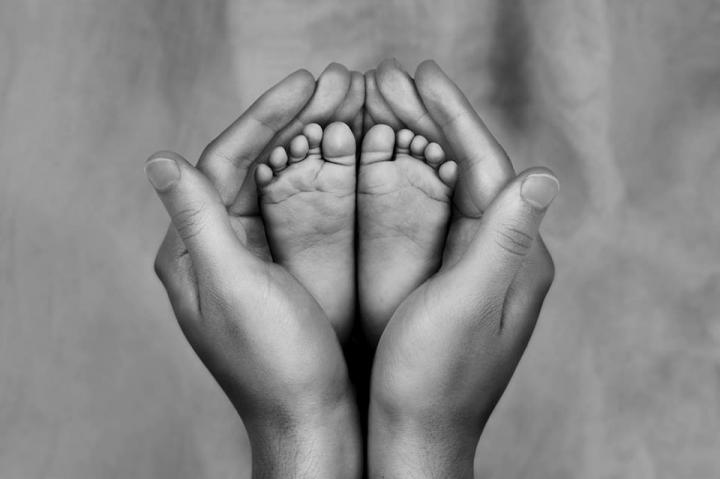Key Facts: Signs and Symptoms

As a result of The Cerebral Palsy Foundation Early Detection & Intervention Network, cerebral palsy can now be diagnosed at less than one year of age, rather than delayed until age two or later.
Infants with CP frequently have developmental and motor delays, in which they are slow to reach milestones such as learning to roll over, sit, crawl, or walk.
Some Infants with CP have abnormal muscle tone. Decreased muscle tone (hypotonia) can make them appear relaxed, or even floppy. Increased muscle tone (hypertonia) can make them seem stiff or rigid. The symptoms of CP differ in type and severity from one person to the next, and may even change in an individual over time. All people with CP have challenges with movement and posture, and some may also have speech issues and/or a certain level of intellectual disability. Seizures, abnormal physical sensations or perceptions, and other medical disorders are common in individuals with CP. People with CP may also have impaired vision or hearing.
CHILDREN WITH CP MAY EXHIBIT A WIDE VARIETY OF SYMPTOMS* INCLUDING:
- Lack of muscle coordination when performing voluntary movements (ataxia);
- Stiff or tight muscles and exaggerated reflexes (spasticity);
- Weakness on one side or in one or
- More arms or legs; walking on the toes, a crouched gait, or a 'scissored' gait;
- Variations in muscle tone, either too stiff or too floppy;
- Excessive drooling or difficulties swallowing or speaking;
- Shaking (tremor) or random involuntary movements;
- Delays in reaching motor skill milestones;
- Difficulty with precise movements such as writing or buttoning a short.
*it is important to note that some children without CP also may show some of these signs.
Children with CP are likely to also have other impairments in addition to their motor disability.





